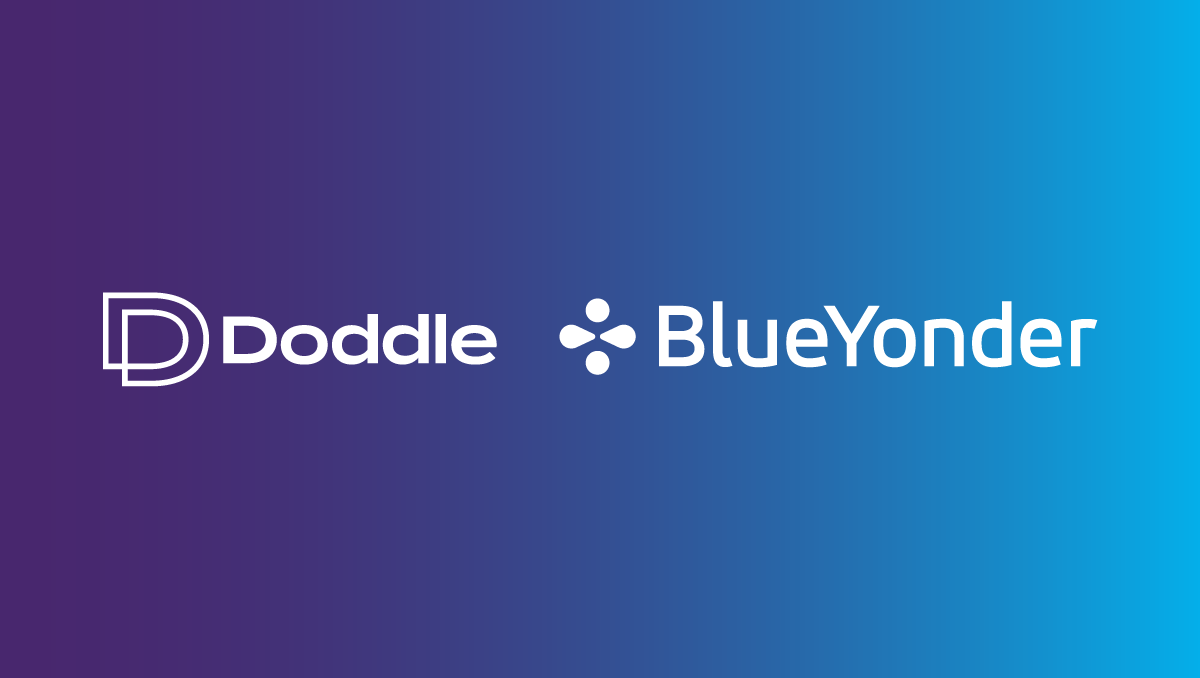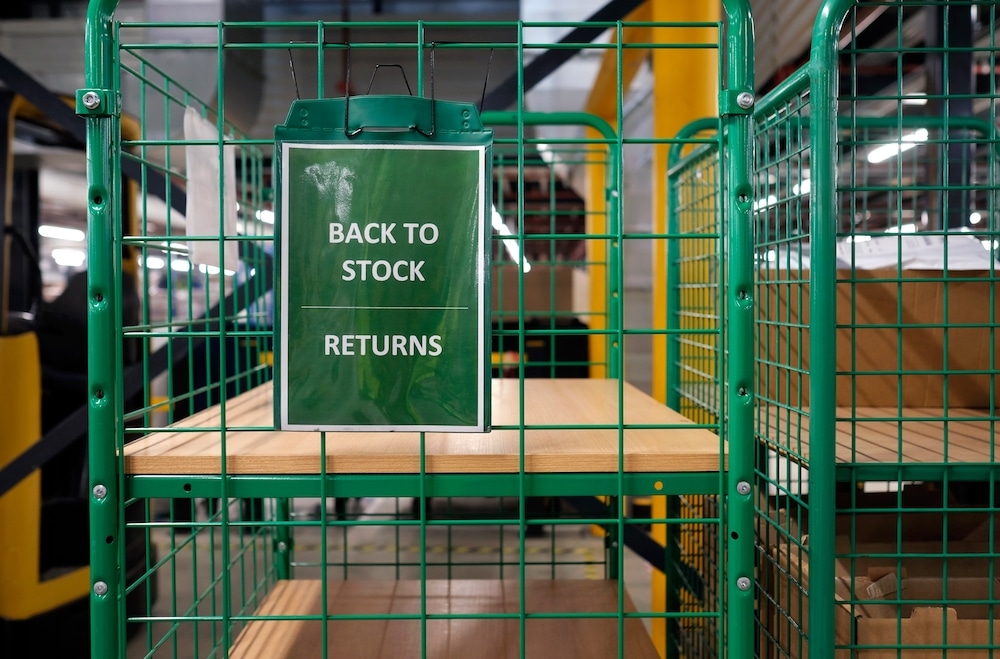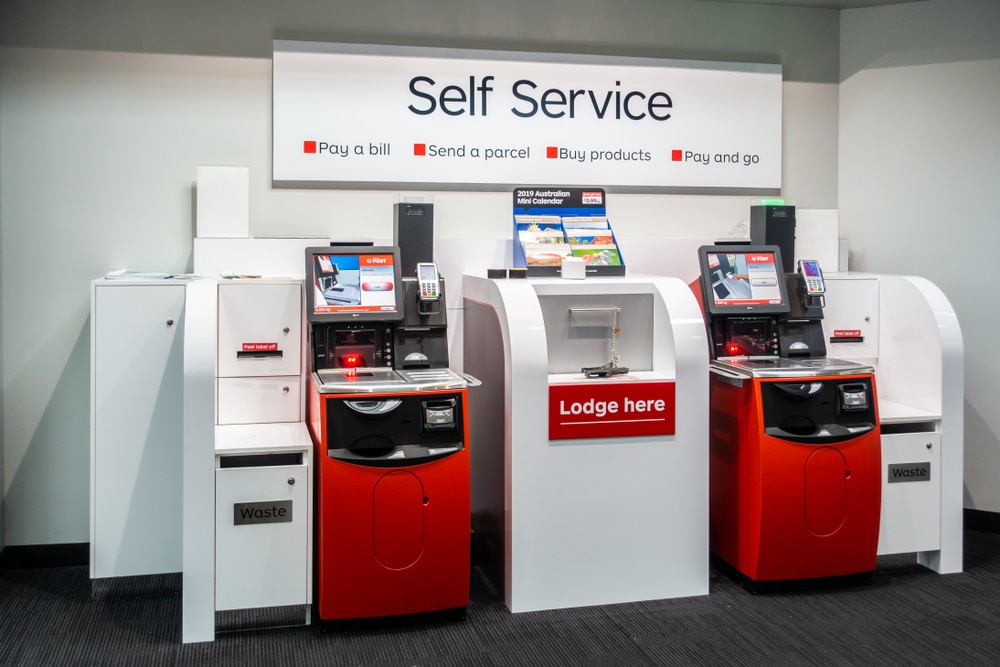Insight / Blog
The Returns Quandary: The 3 Key Lessons on Returns

Recently, our CRO Mike Richmond joined forces with Quadient and Last Mile Prophets on the webinar ‘The ecommerce returns quandary and how to solve it’.
We discussed the current state of ecommerce returns, how different international markets are handling them and how carriers can enable merchants to deliver a better returns solution. If you missed out, the webinar is available for on-demand catchup here.
Returns, and why carriers need to act on them, have been a hot topic here at Doddle. After all, carrier volume growth will always be dependent on merchant success. Merchants who are struggling to manage returns risk becoming unprofitable and are much less likely to grow to their potential. They’re also more likely to look for ways to lower their logistics costs, putting more pressure on rates for carriers.
In a nutshell, merchants without a great returns solution won’t contribute as much volume to carriers, and will be more price-sensitive when it comes to contract negotiation. Carriers have been accustomed to growing alongside the ecommerce boom, without needing to actively step in and enable merchants’ growth by offering solutions to their problems – but that is not a long-term strategy.
We’re not here to bang the same drum today. Returns are an increasingly complex and growing issue, and we need to shed as much light on the situation as possible. That’s why we’re here to share three key lessons of the webinar, lessons learned from our research and experience in returns, looking at key challenges and how they can be solved.
You can watch the full webinar below, or skip ahead to discover our three key lessons.
Lesson 1: The state of returns is in dire need of change
Getting returns right brings a range of benefits, including better customer experience, increased loyalty, and higher profits.
Unfortunately, this isn’t happening for most merchants. Customer experience is a top priority for the purchase journey, but once the product is in the shopper’s hands, CX often feels like an afterthought. Returns processes are stuck in the past, as Doddle research shows that contacting customer support is the most common returns initiation method, used by 29% of retailers. The second most common, pre-printed labels, follows at 18%.
Mike Richmond, Doddle CRO25 years into eCommerce, it’s staggering how inefficient returns are and how little innovation there has been in this area.
This can’t be sustainable, with return rates estimated at 23.44% across European markets in our latest research report ‘Returns 2022: why carriers have to care’. This means that nearly 1 in 4 ecommerce purchases are being returned.

Even among 100 leading UK ecommerce merchants, our research discovered that 61% still use non-integrated solutions such as:
-
DIY returns, where a customer finds a returns address and pays postage to send their purchase back
-
Customer service, where a customer must contact the merchant for a returns address, then pay for postage
-
Pre-paid label, where a customer uses a label in the packaging to send items back for free
-
A non-integrated carrier portal, where a customer is directed to a carrier site to generate a postage label
These are “non-integrated” because they do not sync directly to merchants’ order data, limiting merchants’ ability to control returns, enforce their policies and analyse returns data to understand and improve the process and reduce return rates; or make returns more profitable.
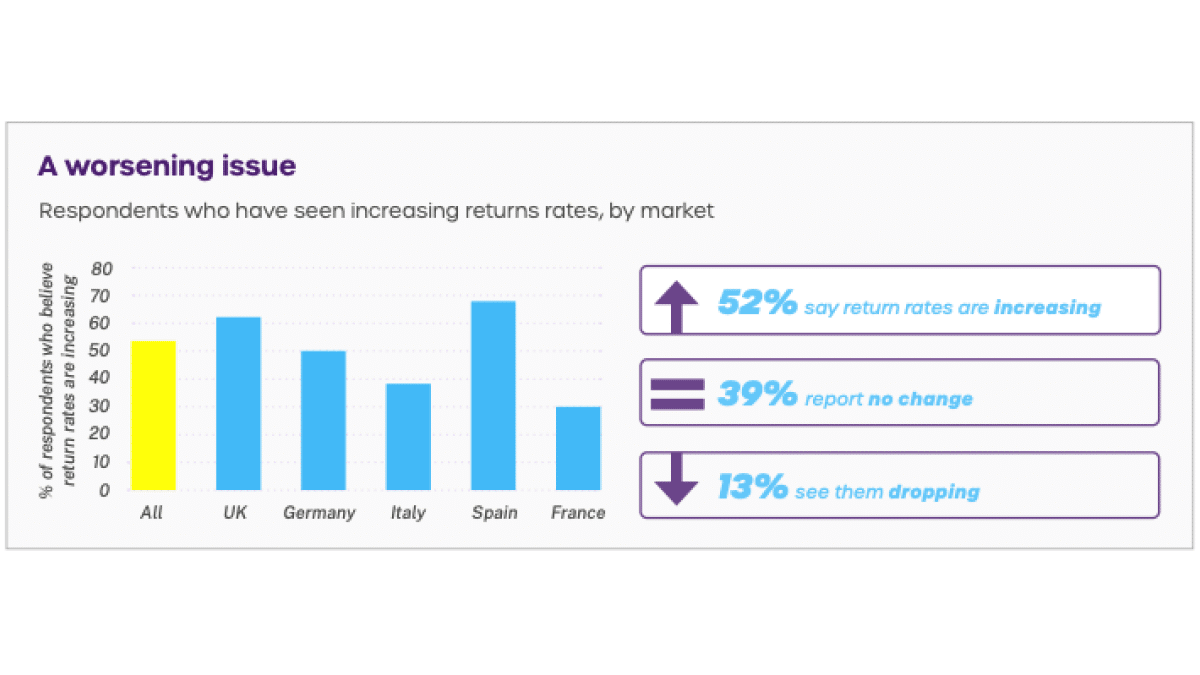
The prepaid label offers greater customer convenience from these options, as all shoppers have to do is attach the label to the package and drop it off. However, this method offers the merchant no control over what’s being sent back or when, as a customer can use the label outside of a 30-day return window, for example. Printing labels for every outbound package means, on average, over 75% will never be used and end up in the bin, generating unnecessary expense and unsustainable waste.
The carrier portal solution is excellent for carriers – they can generate labels and charge them to the consumer or the retailer. However, for both customers and retailers, these solutions are sub-par. The customer experience is disjointed, as the retailer they’ve bought the item from directs them to someone else to deal with the return. They must re-enter information about their order to generate the label. Once more, the merchant has limited insight about the return and no chance to enforce their returns policies.
These returns solutions aren’t smart. They’re stuck in the past and desperately need to be updated if merchants are to stand a chance of tackling rising return rates.
Lesson 2: One size does not fit all
Returns are stuck in the past. Regardless of the size, cost or type of product that’s being returned, the vast majority of merchants treat all returns the same. Whether a customer has bought a £5 pair of socks or a £500 coat; whether they’re a life-long brand advocate who spends thousands with the merchant or a first-time shopper, they and their purchase are going through the same returns process, and everything is treated the same.
Mike Richmond, Doddle CRO“Given the prevalence and the amount of data we have about items and value and customer, the technology and the digital expectations of the consumer, and environmental consciousness, we should be thinking more closely and intelligently [about returns]. Different treatments should be applied to different returns based on the data available.”
Not all returns are equal, and they shouldn’t be treated equally. This is where integrated returns solutions come in.
Integrated returns solutions match customer and order data at the start of a returns process through a digital interface. This means that rather than sending every customer down the same path, merchants can configure different methods for different items, customers and regions – without a customer having to get in touch with the customer service team.
Amazon is an excellent example of this. As mentioned in the webinar, their integrated solution looks at several factors to determine the best path for the product. If the item is less than £5 in value, the customer will be issued a return without sending back the product, saving shipping costs and waste.
A customer sending an item back because they changed their mind is charged £3.99 to cover the shipping costs. Those who have received a wrong or faulty item can send it back for free. Each action is calculated from the automated returns portal on their website, giving shoppers a quick and easy experience.
Although most merchants don’t have the budget and technical capabilities of Amazon, they don’t need to develop their integrated solutions – the technology already exists and can allow them to put controls on their returns, such as not allowing returns for items past the policy window, or preventing certain products such as sale items from being returned. They can also direct different items to alternative warehouses or issue refunds without the customer sending the item back in situations where the merchant can’t profitably resell the product.
Lesson 3: Execution plays a crucial role in returns
Lesson 2 taught us all about the importance of integrated returns solutions – but this is only part of the entire returns process.
Once the return is initiated properly, customers still need to get their item back to the retailer. A quick survey in the middle of the webinar showed that 59% of participants think this execution aspect of a return is the most important part of a return solution.
Our webinar panel also went into a debate on out-of-home (OOH) options for returns, particularly lockers, which offer a fully automated solution available 24/7 – provided there’s enough of them. Developing a network of return locations close to consumers and easy to use is essential to returns success.
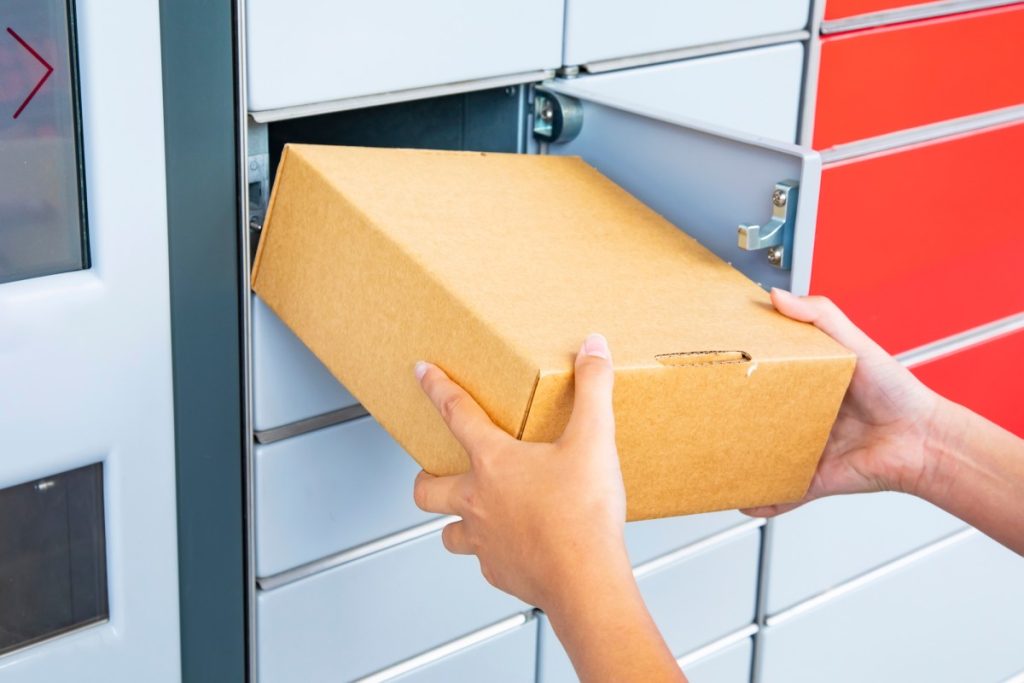
That network needs to be multi-modal, though – lockers and PUDO locations aren’t ideal for some types of returns, such as larger items. As before, not all returns are the same, so consumers need different options to send them back, which relies on the suitable returns initiation process to ensure shoppers know what their options are and can pick what’s right for them and their needs.
Marek Różycki, Last Mile Prophets.“Lockers are great – when you have them and when they’re proximate. The reality is lockers are a fixed elemental cost and it’s not so easy to stretch them. Because of the way ecommerce works in peaks, I believe that you need a mixed network”
74% of merchants are interested in a carrier digital returns solution
The biggest lesson of the webinar and our research is that returns need to change. Merchants need integrated solutions that offer flexibility and control over returns while giving customers an easy experience.
According to our research, 74% of merchants who don’t already have a returns solution from their carrier would be interested in using one provided by their carrier. However, with few carriers currently providing integrated solutions, merchants are left to build their own or partner with third-party providers. As our data showed, the majority have not yet taken either path. That’s a massive opportunity for carriers.
Discover more information on the returns and the role carriers can play, by downloading our report here.
Topics:
Related articles
Why mastering returns is key to 3PL growth
With returns management systems, 3PLs can turn returns from a burden to a competitive advantage.
7 tactics to drive self-service parcel drop-off adoption
Focusing on parcel kiosks, we explore 7 tactics to encourage customer adoption and drive volume into out-of-home (OOH) delivery networks.
Lessons from a decade in the first and last mile
A decade as Doddle taught us some lessons - and Blue Yonder helps us see what will matter in the next decade.


